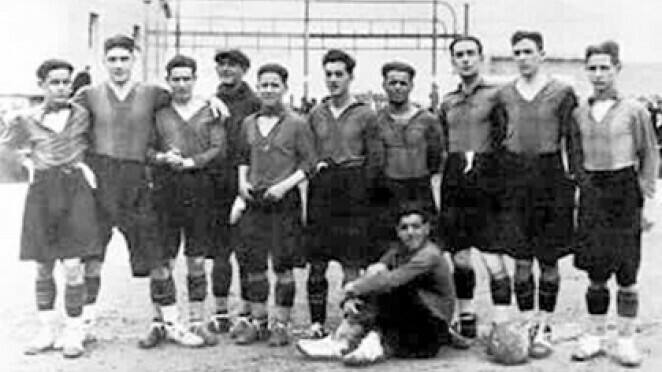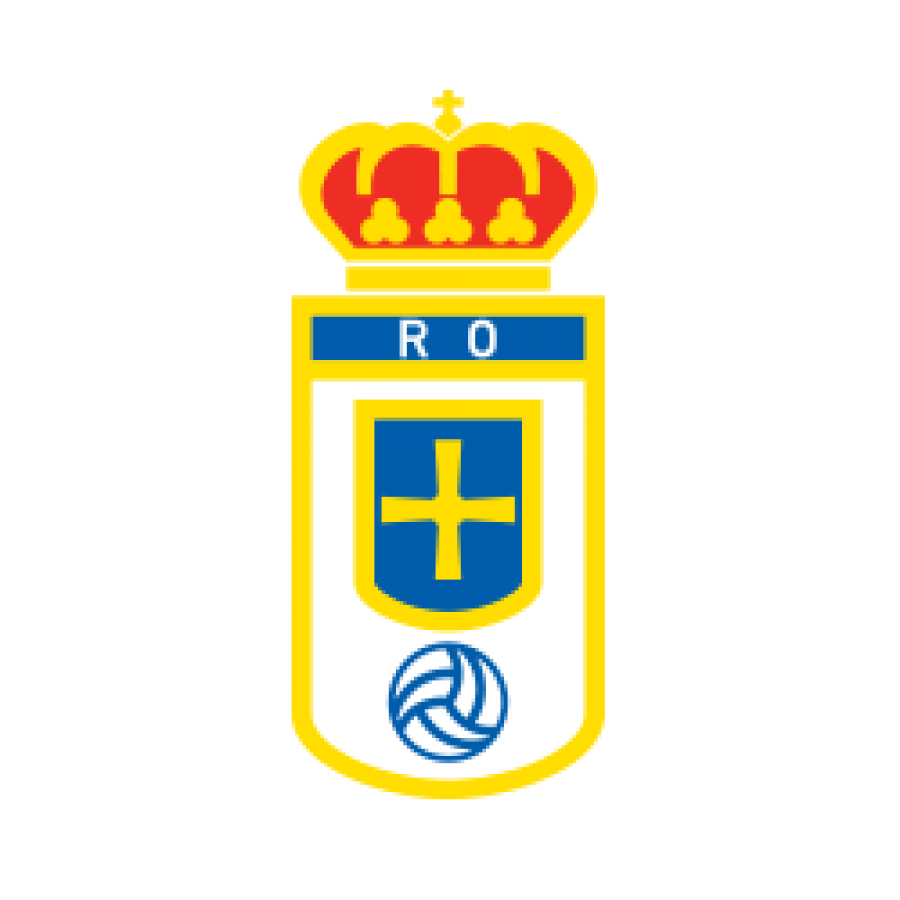THE GOLDEN YEARS (1933-1950)

Real Oviedo’s arrival in the top flight of the Spanish football was going to make it clear that Real Oviedo’s run in the First Division would be much more than a brief low-profile spell. The Carbayones, who reigned supreme at a regional level after having finished top-of-the-table in all the Asturian and other supra-regional championships, made their debut in the top flight playing home against FC Barcelona on 5th November 1933. Real Oviedo got a massive 7-3 win over the Catalonian side, which still remains as the best debut of a team in La Liga to this day. This first game made a definite statement about what to expect from Real Oviedo in the following seasons among the best squads in Spain. On the one hand, Real Oviedo lined up an extraordinary forward line (made up by Casuco, Gallart, Lángara, Herrerita and Emilín, who became known as the ‘electric attack II’, probably the best one around at that moment); on the other hand, there was a shaky defensive line which would concede goals too easily.
Having kept those key players who had made that first promotion of an Asturian side to the first tier possible, there were also some top signings like Herrerita, from Real Oviedo’s regional archrivals. Gradually, Real Oviedo started to see more and more of their players go on to play for the Spanish national team. That first season in the top flight of the Spanish football ended with the Carbayón side getting to the semi-finals of the Spanish Cup and finishing on the sixth spot of the First Division. However, the Blues improved their performance during the two following seasons and finished in a brilliant third position in both of them.
Once it began to seem feasible that Real Oviedo could get some silverware at a national level, as they were undisputedly among the best teams in Spain, the outbreak of the Spanish Civil War brought that amazing progress to a halt, tearing apart a side who were definitely gifted enough to have risen to greatness.
After the war was over, all the different football championships in Spain were resumed but Real Oviedo had been severely weakened by both the losses on the battlefield (players such as Casuco or Chus had passed away there) and the political exiles abroad (the likes of Lángara, Castro or Sirio). On top of that, the wartime bombings during the siege of Oviedo had ravaged Buenavista Stadium so the Spanish Football Association had to make an unprecedented decision: Real Oviedo would not play in the 1939-1940 season as they were having their home ground rebuilt. However, they would keep their right to join in La Liga again the following season on condition that their players went on loan to other Spanish football clubs during that time; for instance: Herrerita and Emilín, the best ones, would go on to play for FC Barcelona.
Real Oviedo went through tough times when the 1940-1941 saw them back in First Division, most of the players who had stood out prior to the outbreak of the war were already four years older and returned from being away on loan. As a result, Real Oviedo ended up narrowly avoiding relegation in the first two seasons of the 1940s. However, they would turn the corner and went on to make it big among the best squads in Spain once again (finishing fourth twice and fifth twice in the First Division standings). Although they could not display the level of play reached in the 1930s, the team spirit remained the same: a ruthless attack (the ‘electric attack III’ came up with Antón, Goyín, Echevarría, Herrerita and Emilín) who got historic scores such as 9-2 over Sabadell, 7-1 versus Real Madrid or 6-0 against FC Barcelona among the most brilliant ones, but a poor defence due to the fact that they hardly ever got any clean sheets.
Carlos Tartiere was still at the helm of the club and rejected good bids for the stars of the team while he made the necessary signings to meet the required standards to keep that successful squad going, even the much longed-for Lángara was back from exile in 1946. Thus, that team which had disintegrated in 1936 could be reassembled and restored to its former glory among the best sides in Spain during the rest of the 1940s.
